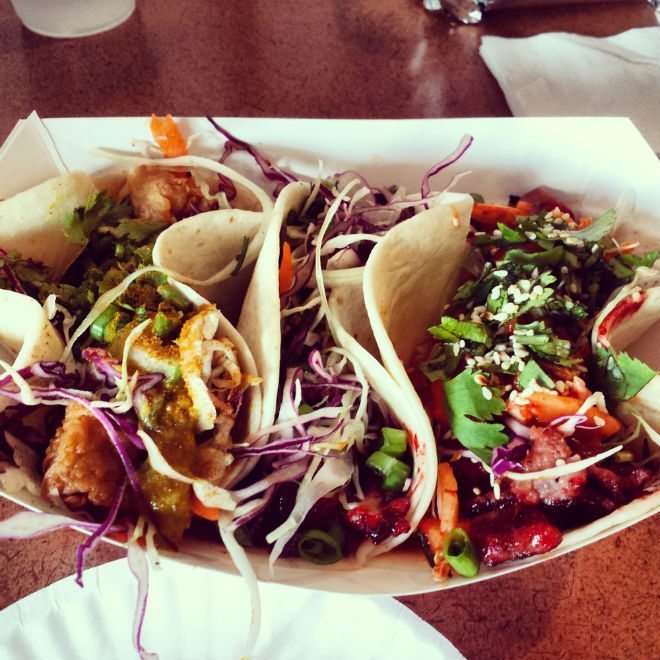
It’s not just Taco Tuesday … it’s National Taco Day.
Celebrate National Taco Day
Last year Americans ate over 4.5 billion tacos!
That’s 490,000 miles of tacos, which could take you to the moon and back or, if you prefer, could, at 775-million pounds, equal the weight of two Empire State Buildings.
The word taco is the Mexican equivalent of the English word sandwich. The tortilla, which is made of corn or wheat, is wrapped or folded around a filling that is generally made of spiced proteins – beef, pork or fish.
For National Taco Day this October 4, consider the countless variations you can create using traditional meats or with seafood, chicken, beans, cheese and eggs. Yank out your garnishes – salsa, cilantro, avocado, tomatoes, onions and lettuce and you have a dish of great versatility and variety.
For a dish so widely available, the history of the taco is really unknown. But according to taco expert Jeffrey M. Pilcher, the word originates from the silver mines in Mexico in the 18th century, when taco referred to the little explosives workers used to extract the ore.These were pieces of paper wrapped around gunpowder and placed into holes carved in the rock. “When you think about it, a chicken taquito with a good hot sauce is really a lot like a stick of dynamite,” says Pilcher in an online article at Smithsonian.com. “The first references [to the taco] in any sort of archive or dictionary come from the end of the 19th century. And one of the first types of tacos described is called tacos de minero—miner’s tacos. So the taco is not necessarily this age-old cultural expression; it’s not a food that goes back to time immemorial.”
